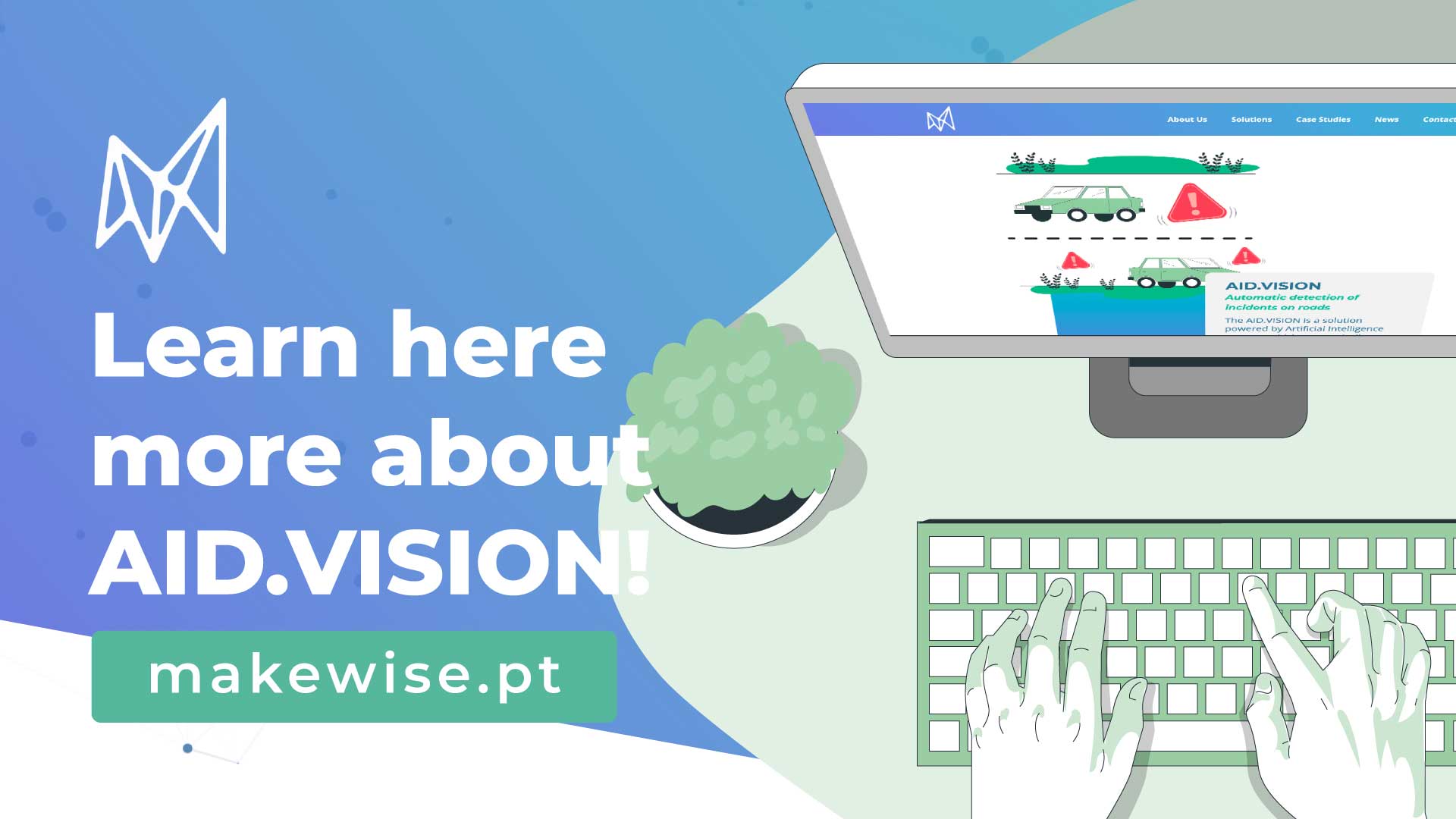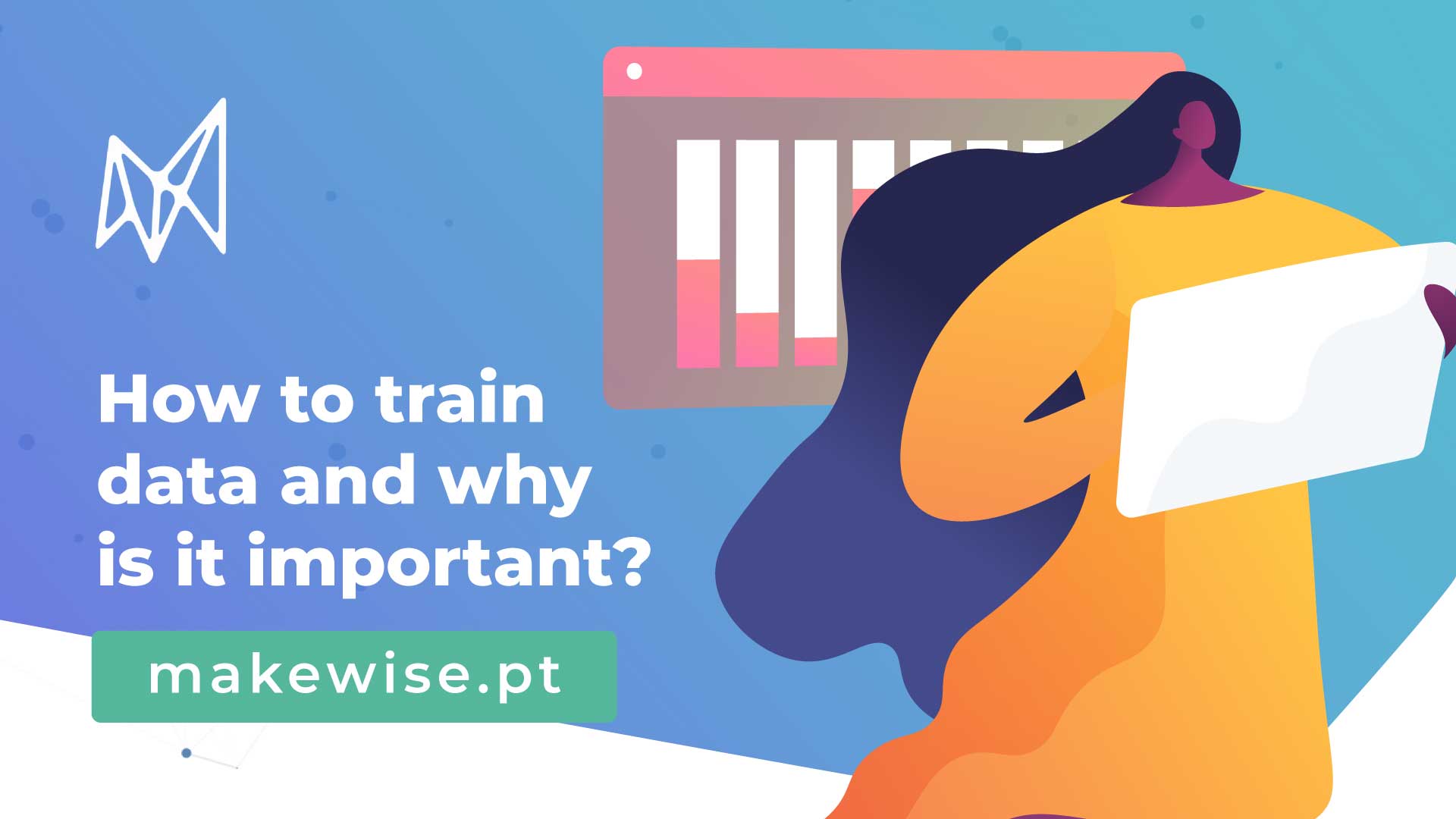In the realm of artificial intelligence and machine learning, training data forms the basis on which innovative models recognize patterns and make predictions. While humans can easily understand certain concepts with minimal exposure, AI models require extensive iterations through datasets to develop accurate insights. In this article, we will delve into the significance of training data and explore how it enables the recognition of patterns in machine learning models.
What is training data?
Training data is the input given to na AI model to ensure it learns from quality samples with relevant classes or tags. The accuracy, efficiency, and functionality of machine learning models heavily depend on the training data. As the model learns over time, it improves its ability to identify objects accurately. The more images you feed into the model during training, the better it becomes at producing the desired results.
Training data is crucial because it provides the necessary information for the machine to deliver accurate results. Without it, the model lacks the knowledge of what to look for in each dataset. Training data is what equips the model with the understanding and insights it needs to perform effectively and produce the desired results.
How much training data is needed?
The amount of training data needed for an AI project can vary depending on a few factors:
- The complexity of the model.
- Retraining might be necessary if the model makes recurring mistakes.
- Knowing the right data for training comes with experience.
There is no specific formula to determine the exact data requirement for a project. It usually requires a case-by-case evaluation to find the right amount of training data for a specific project.
Where does training data come from?
There are various sources for obtaining training data, and the choice depends on the specific use case and goals of the project.
- Open-source datasets – Open-source training datasets are available for images, videos, audio, or text. However, their accessibility doesn’t guarantee suitability for each project.
- Data scraping – Data scraping involves extracting data from different sources using specific tools. The legality of data scraping depends on its purpose: It’s generally acceptable for personal use but using it for commercial purposes is not allowed.
- External vendors – Getting training data from an external vendor is the most straightforward and efficient method as it saves time, allowing focus on optimizing other aspects of the project. The vendor finds datasets that match the project needs and ensures that the datasets meet regulatory guidelines.
Improving the quality of the training data
Optimizing training data quality is vital for successful AI implementations, as it determines the outcome of the model. Accurate labelling and balanced data distribution are essential for quality results, ensuring consistency and precision throughout the process.
There are varying meanings of data quality, focusing on factors like detecting mislabelled data or organizing it effectively. Model maintenance is an ongoing process that continues even after training.
What to avoid when dealing with training data
When working with training data, be mindful of certain precautions like underfitting and overfitting.
Underfitting occurs when the model doesn’t go through enough training iterations, leading to lower accuracy rates. On the other hand, overfitting happens when the model is trained excessively, making it less capable of identifying new patterns accurately. Avoid both extremes to prevent the need for restarting the training process. Striking the right balance is essential for optimal results.
AID.VISION: Automatic detection of incidents on roads by MakeWise

The AID.VISION is a solution powered by Artificial Intelligence systems, which automatically detects several types of incidents and triggers real-time alerts to an operations centre.
- Automatic road detection
- Automated incident detection
- Real-time alerts and warnings
- Integration with other IT systems
Confirm all MakeWise’s solutions here and start your business digital transformation journey today. Contact us!

